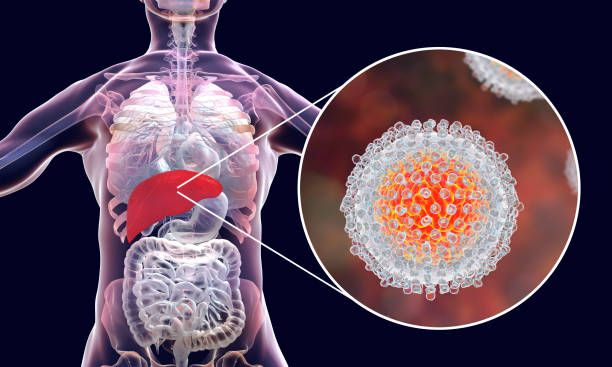The World Health Organization (WHO) 2024 Global Hepatitis Report reveals a concerning rise in deaths from viral hepatitis, now equated with tuberculosis (TB) as the second leading infectious cause of death, claiming 1.3 million lives annually. Released at the World Hepatitis Summit, the report emphasizes that despite advancements in diagnosis and treatment technologies and reduced costs, testing and treatment rates have not improved significantly. However, the WHO maintains that eliminating hepatitis by 2030 remains achievable with immediate and concerted efforts.
Newly gathered data from 187 countries shows an increase in hepatitis-related deaths, from 1.1 million in 2019 to 1.3 million in 2022, with hepatitis B (HBV) and C (HCV) accounting for 83% and 17% of these deaths, respectively. Daily, about 3500 people die from these infections worldwide. The WHO Director-General expressed concern over the rising death toll despite global prevention efforts, highlighting the critical need for enhanced diagnostic and treatment efforts to reverse this trend.
Main Takeaways
Despite advancements in medical technologies for diagnosis and treatment, deaths from hepatitis continue to rise, with viral hepatitis now ranking alongside TB as the second leading cause of infectious disease death worldwide, claiming 1.3 million lives annually.
The global efforts to diagnose and treat hepatitis remain significantly below the targets set for 2030.
Concerted efforts are needed, including expanded testing, improved treatment equity, and stronger healthcare infrastructure, particularly in the most affected regions.
Danjuma Adda, MPH, FIMS, Dip-IMS, past president of the World Hepatitis Alliance, stated, “It is concerning because we have effective solutions available, a cure for HCV, and effective treatments for HBV. As advocates, we continuously push to change this narrative and highlight the severity of HBV, which, according to WHO data, is the second leading cause of death from infectious diseases, comparable to TB and only recently surpassed by COVID-19.”
The report also updates the estimated number of people living with HBV and HCV is 254 million and 50 million, in 2022. Despite a slight decrease in new infections from 2019, with 2.2 million new cases reported in 2022, the disease incidence remains high. Prevention measures, including immunization, safe injections, and expanded treatment options for HCV, have effectively reduced new cases. However, global progress in diagnosing and treating hepatitis remains far below the 2030 targets, with only 13% of those with HBV and 36% of those with HCV diagnosed, and even fewer receiving the necessary treatment. Regional disparities persist, with significant burdens in the WHO African and Western Pacific Regions.
“HBV remains invisible because people are not being diagnosed or tested, and many are unaware that HBV is a leading cause of liver cancer. This isn't just an oversight, it's a significant lack of action from those who should be more vigilant, like governments, media, and other stakeholders,” Adda states. “HBV is often not listed as such in-hospital death records. Instead, other diseases like HIV and malaria are documented, overshadowing HBV's impact.”
Overall, addressing these challenges, the WHO outlines a strategy to accelerate progress toward hepatitis elimination by 2030. Recommendations include expanding access to testing and diagnostics, improving treatment equity, strengthening primary care, simplifying service delivery, and enhancing community engagement and research. These actions are crucial to achieving universal access to prevention, diagnosis, and treatment, particularly in countries that bear most of the global hepatitis burden.
Reference
WHO sounds alarm on viral hepatitis infections claiming 3500 lives each day. World Health Organization. Published April 9, 2024. Accessed April 16, 2024. https://www.who.int/news/item/09-04-2024-who-sounds-alarm-on-viral-hepatitis-infections-claiming-3500-lives-each-day

